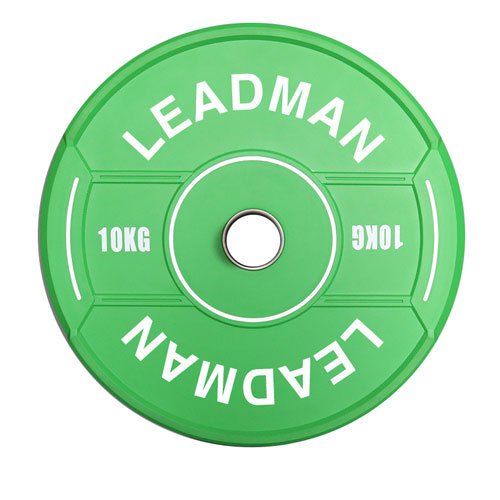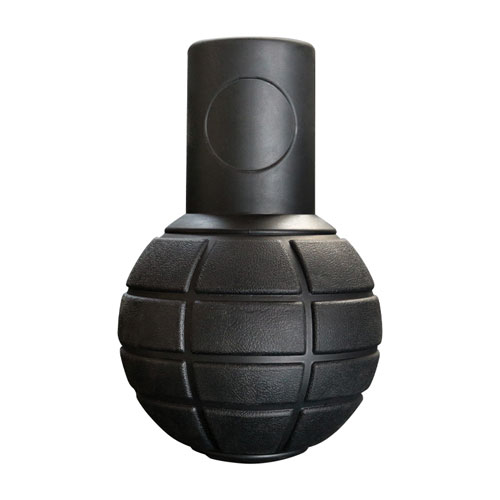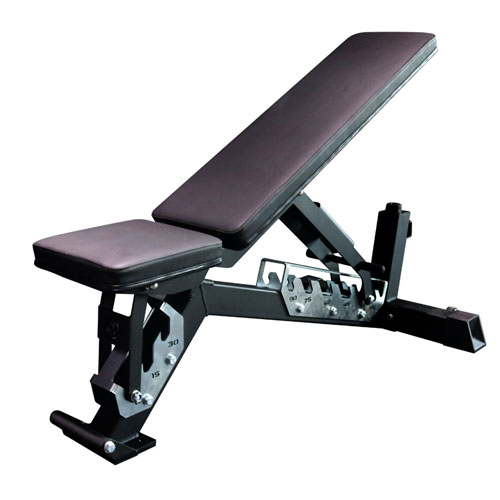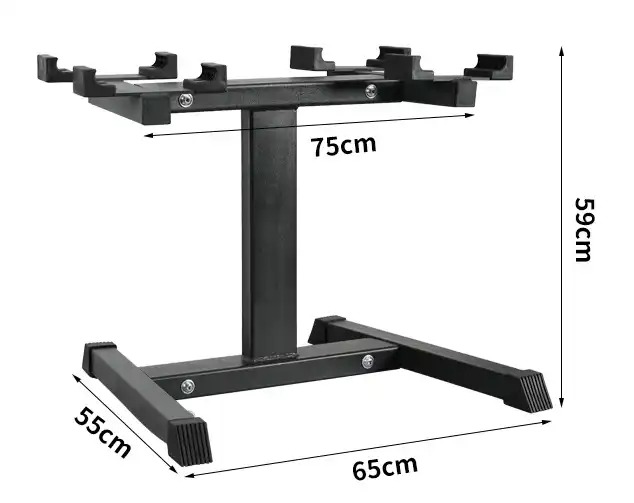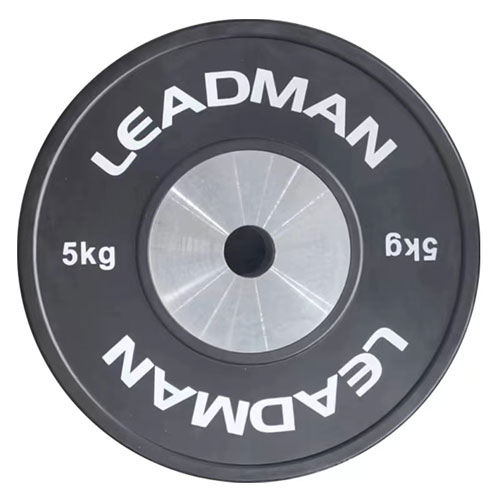How to Ensure Long-Lasting Fitness Equipment with Proper Repair and Maintenance
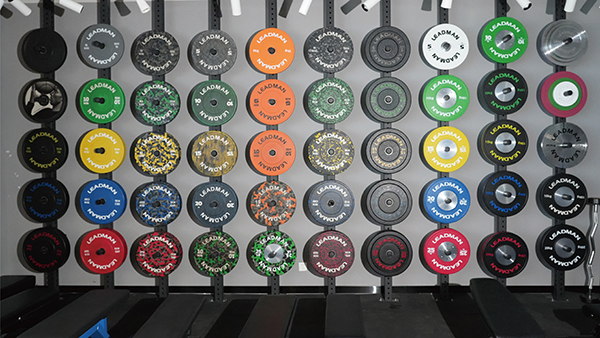
Regular maintenance and timely repairs significantly prolong the lifespan of fitness equipment, saving you money and ensuring safe, effective workouts. Neglecting these vital aspects can lead to premature wear, costly repairs, and even injuries. By investing a little time and effort into preventative care, you can protect your investment and maintain your fitness routine without interruption.
Understanding Your Equipment
Before diving into maintenance, it's crucial to understand your equipment. This includes identifying the specific type – treadmills, ellipticals, stationary bikes, weight machines, free weights, rowing machines, etc. – and its components.
- Treadmills: Key components include the motor, belt, deck, rollers, control panel, and safety clip. Wear and tear typically occurs on the belt, deck, and motor.
- Ellipticals: Similar to treadmills, these feature moving parts like pedals, flywheels, and resistance mechanisms. Focus on the resistance system and moving joints.
- Stationary Bikes: Look at the chain (if applicable), pedals, seat, and resistance system (friction, magnetic, or air).
- Weight Machines: Pay close attention to the cables, pulleys, weights, and joints. Regular lubrication and bolt tightening are crucial.
- Free Weights: While less complex, free weights require regular cleaning to prevent rust and corrosion.
- Rowing Machines: Check the chain, seat rollers, resistance mechanism, and footrests.
Always consult your equipment's owner's manual. It provides detailed information on its components, maintenance schedules, and troubleshooting tips. The manufacturer's warranty information is usually included in the manual or on their website. This warranty outlines the covered components and the repair processes.
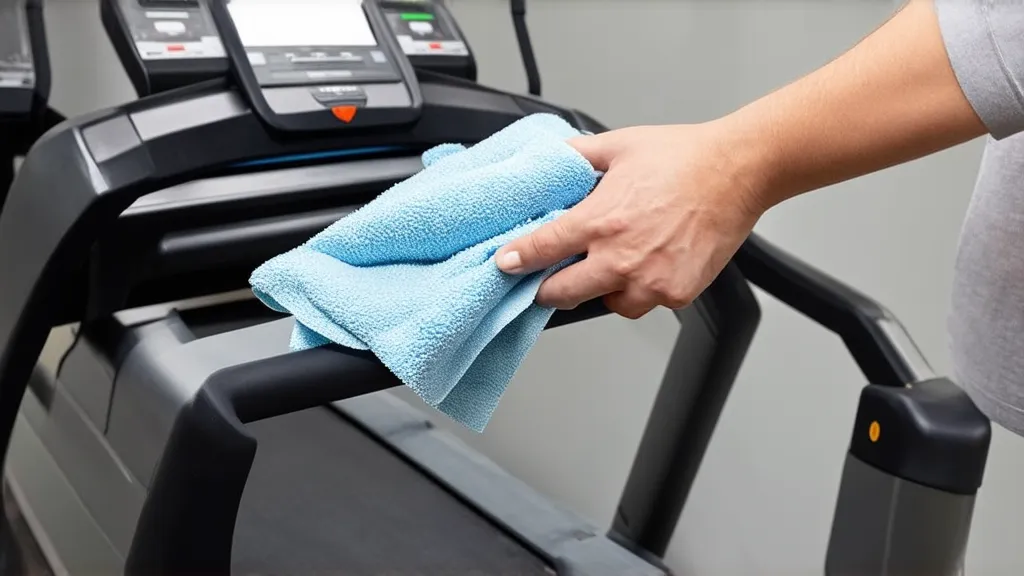
Regular Cleaning and Lubrication
Regular cleaning is paramount to preventing rust, corrosion, and the spread of germs. Wipe down your equipment after each use with a damp cloth and a mild disinfectant. Avoid harsh chemicals that could damage the surfaces. For upholstery, use a fabric-safe cleaner.
- Treadmills & Ellipticals: Focus on the walking/running surface, handrails, and control panel.
- Stationary Bikes & Weight Machines: Clean the seat, handles, and any areas that come into direct contact with your body.
- Free Weights: Wipe down each weight after use to prevent sweat corrosion.
Lubrication is crucial for moving parts. Refer to your manual for specific lubrication points and the recommended type of lubricant (typically silicone-based spray). Apply lubricant sparingly to avoid attracting dust and dirt. Always disconnect the power before lubricating electrical components.
Checking and Tightening Bolts and Screws
Loose or stripped fasteners can lead to instability and potential injury. Regularly inspect your equipment for loose bolts and screws, particularly on weight machines and other components with moving parts. Use the appropriate size and type of wrench or screwdriver to tighten them. If bolts are stripped, replace them immediately.
Belt Maintenance for Treadmills and Ellipticals
The belt is a critical component of treadmills and ellipticals. Signs of wear include cracks, stretching, or slippage. Proper alignment and tension are vital for performance and safety. Use the adjustment mechanisms (typically located at the rear of the treadmill or elliptical) to fine-tune the belt's position and tension. Consult your manual for specific instructions. If the belt is severely damaged or excessively worn, replacement is necessary. This often requires a professional repair.
Addressing Common Problems
- Squeaking Sounds: Usually indicates a need for lubrication on moving parts.
- Belt Slippage: Could be due to improper alignment, worn belt, or low tension.
- Resistance Issues: Check for damage to the resistance system components (cables, belts, magnets).
- Wobbling or Instability: Check for loose bolts, damaged components, or uneven flooring.
A simple checklist can help you track these problems:
| Problem | Possible Cause | Solution | When to Call a Pro |
|---|---|---|---|
| Squeaking | Dry moving parts | Lubricate | Rarely |
| Belt Slippage | Worn belt, misalignment | Adjust tension/alignment, replace belt | If beyond adjustment |
| Resistance Issue | Worn cable, faulty mechanism | Inspect and repair/replace components | Usually |
| Wobbling | Loose bolts, damaged parts | Tighten bolts, replace damaged components | Usually |
Attempt simple DIY fixes, but if you're unsure or the problem persists, call a professional.
Preventative Maintenance Schedule
Create a customized maintenance schedule based on your equipment type and usage frequency. A sample schedule:
| Equipment Type | Daily | Weekly | Monthly | Quarterly | Annually |
|---|---|---|---|---|---|
| Treadmill | Wipe down | Check belt | Inspect bolts | Lubricate motor | Check deck |
| Elliptical | Wipe down | Check belt | Inspect bolts | Lubricate parts | Professional Check |
| Stationary Bike | Wipe down | Check chain | Inspect bolts | Lubricate chain | Check brake pads |
| Weight Machine | Wipe down | Inspect cables | Inspect bolts | Lubricate pulleys | Professional Check |
| Free Weights | Wipe down | Inspect for rust |
Use a calendar or app to track your maintenance tasks.
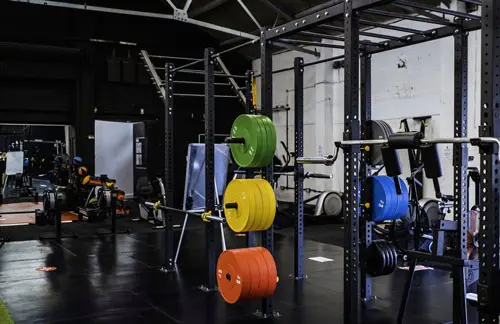
Storage and Environmental Considerations
Store your equipment in a cool, dry place away from direct sunlight, moisture, and extreme temperatures. Protect it from dust with a cover. Keep weights organized and safely stored to prevent damage and injury.
When to Call a Professional
Don't attempt DIY repairs if you're unfamiliar with the equipment's mechanics or if the problem seems complex. Professional repair technicians have the expertise and tools to diagnose and fix more intricate issues. Search online for reputable repair services in your area, check reviews, and obtain multiple quotes before making a decision. Professional repairs can be costly, so it's vital to weigh the costs against the value of the equipment and the risk of further damage.
Conclusion
Regular maintenance and timely repairs are essential for extending the life of your fitness equipment, saving you money in the long run and ensuring safer, more effective workouts. By establishing a preventative maintenance routine and addressing minor issues promptly, you can enjoy your equipment for many years to come. Start your maintenance routine today and keep your fitness journey on track!
FAQ: Ensuring Long-Lasting Fitness Equipment with Proper Repair and Maintenance
1. How often should I clean my fitness equipment?
To prevent rust, corrosion, and bacteria buildup, it's recommended to clean your fitness equipment after each use. Wipe down all surfaces with a damp cloth and mild disinfectant, especially areas that come in direct contact with your skin.
2. What are some common signs that my equipment needs maintenance?
Common signs include squeaking sounds, belt slippage, resistance issues, wobbling, or instability. If you notice any of these issues, it's crucial to address them quickly to avoid further damage or injury.
3. How can I prevent rust or corrosion on my fitness equipment?
Regular cleaning and lubrication are essential to prevent rust. Wipe down free weights and machines after each use and apply lubricant to moving parts, such as belts and resistance systems, following the manufacturer’s guidelines.
4. When should I call a professional for equipment repairs?
If you notice complex issues like malfunctioning electronics, misaligned belts, or damaged resistance systems that can’t be fixed with basic maintenance, it's time to call a professional. They can diagnose the issue and carry out the necessary repairs safely.

